A new ultra-over-priced camera has been announced — Phase One XC is a medium format camera that is armed with a Sony 151MP sensor (53,4x40mm). The camera lacks video features. However, it has an unconventional price tag of $62,500. Will you buy it?

Phase One
Phase One is a Danish company specializing in high-end digital photography equipment and software. It manufactures open platform-based medium format camera systems and solutions. Its RAW processing software, Capture One, supports many DSLRs beside their backs. Phase One camera system is designed to be mainly utilized for geospatial, cultural heritage, and bespoke photography applications. Phase One claims to provide the world’s highest image quality in terms of resolution, dynamic range, color fidelity, and geometric accuracy. “As such, we have grown to become the leading provider of high-end imaging technology across many business segments” the company states.
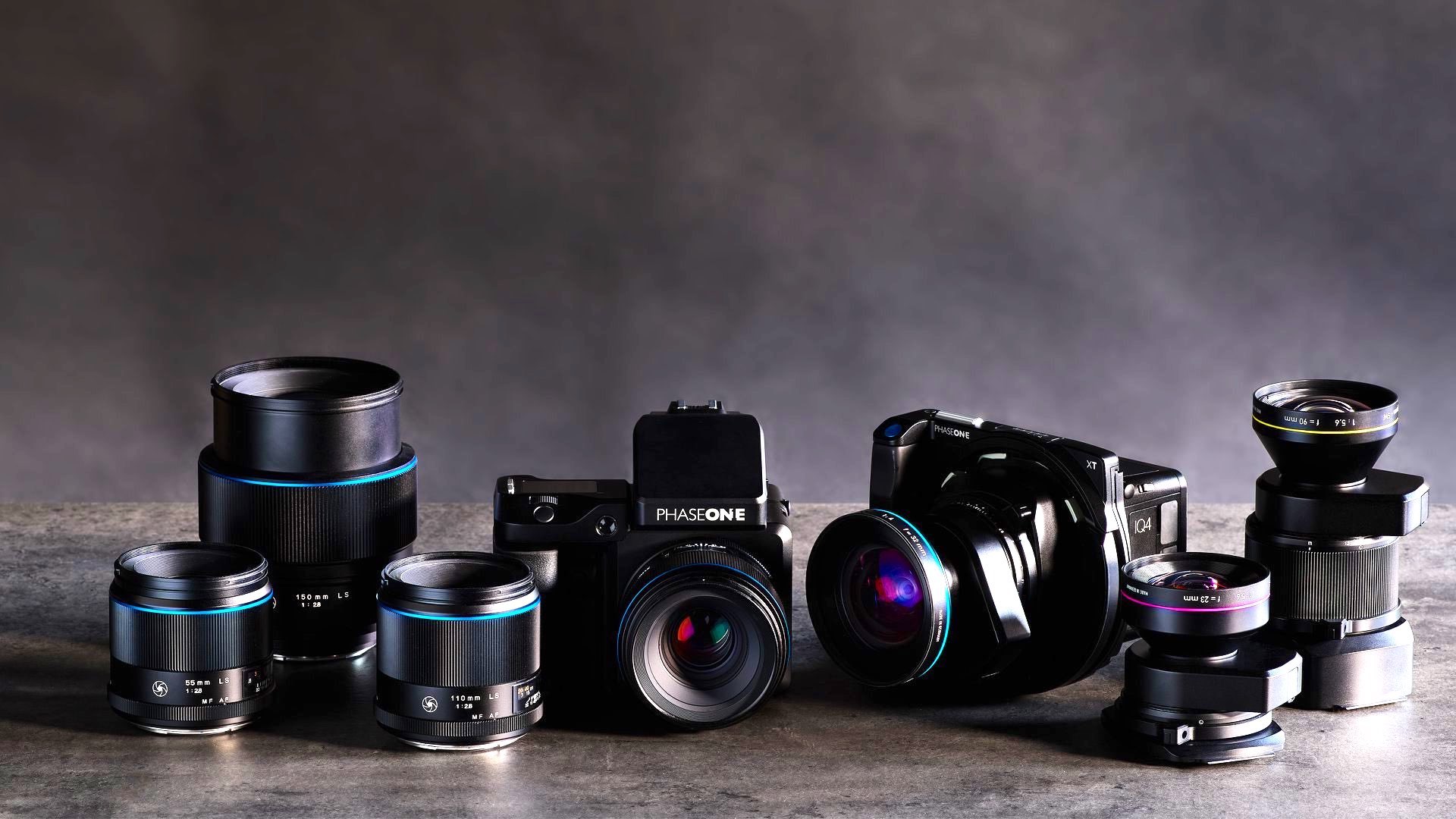
It needs to be noted that phase One is NOT specialized in video. Its cameras lack any video features. However, we’ve decided to report about this camera since it leads to an interesting debate. Anyway, Phase One cameras are used by top-notch photographers for their high-resolution prints. Watch the video below that explains this very well:
XC medium-format camera
Yesterday, Phase One presented a new medium-format camera titled XC. “With its straightforward and travel-friendly design, the XC camera takes you anywhere and captures anything. The XC Camera equips you with the instrument necessary to explore and the unparalleled image quality to inspire” the company says and adds that the Phase One XC was designed for convenience, as this model is Phase One’s most compact digitally integrated camera to date. Phase One XC utilizes the Sony 151 MP sensor (53,4x40mm) in both versions: Color and Monochrome! And now for the most important part: The price is $62,500! But let’s talk about it later on.
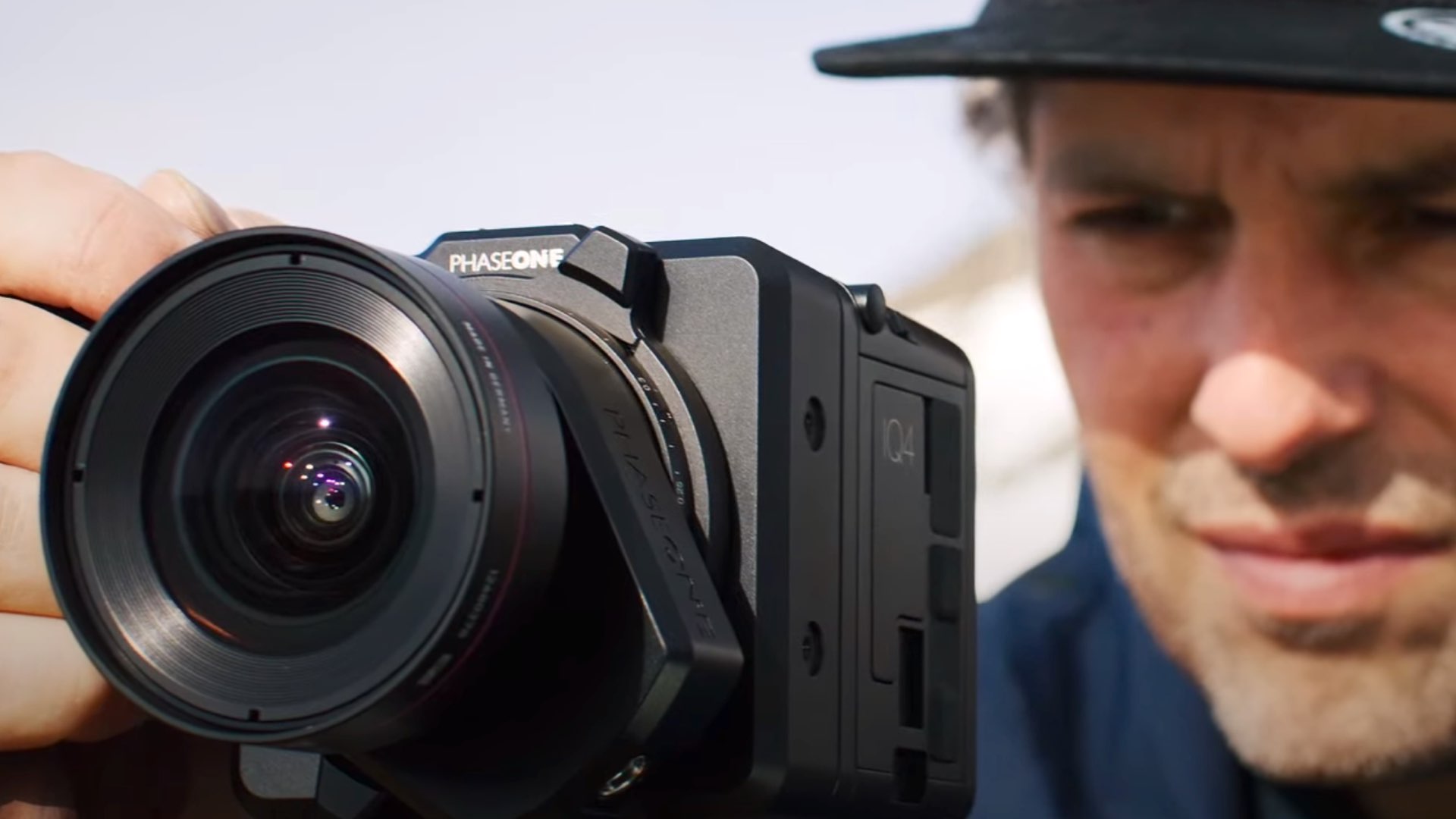
Compactness & simplicity
“We’ve designed the XC Camera to be a companion camera,” said Drew Altdoerffer, VP of Digitization, Phase One. “With its compact size, operational simplicity, and super wide angle of view, the XC Camera can be always by your side and at the ready. You can carry the camera anywhere to capture anything at any time, recording inspiration as it strikes.” The XC Camera combines Phase One’s IQ4 150MP power and performance (built on a true full-frame medium format digital sensor of the highest quality) with a fully integrated Rodenstock HR Digaron-S 23mm f/5.6 lens. “The compelling thing about the XC is that all I have to do is reach into my equipment rack and pack it into the smallest of bags, and I’m ready for any photographic adventure,” said Thomas Biasotto, Professional Photographer, Alpinist, and Author, in the press release.
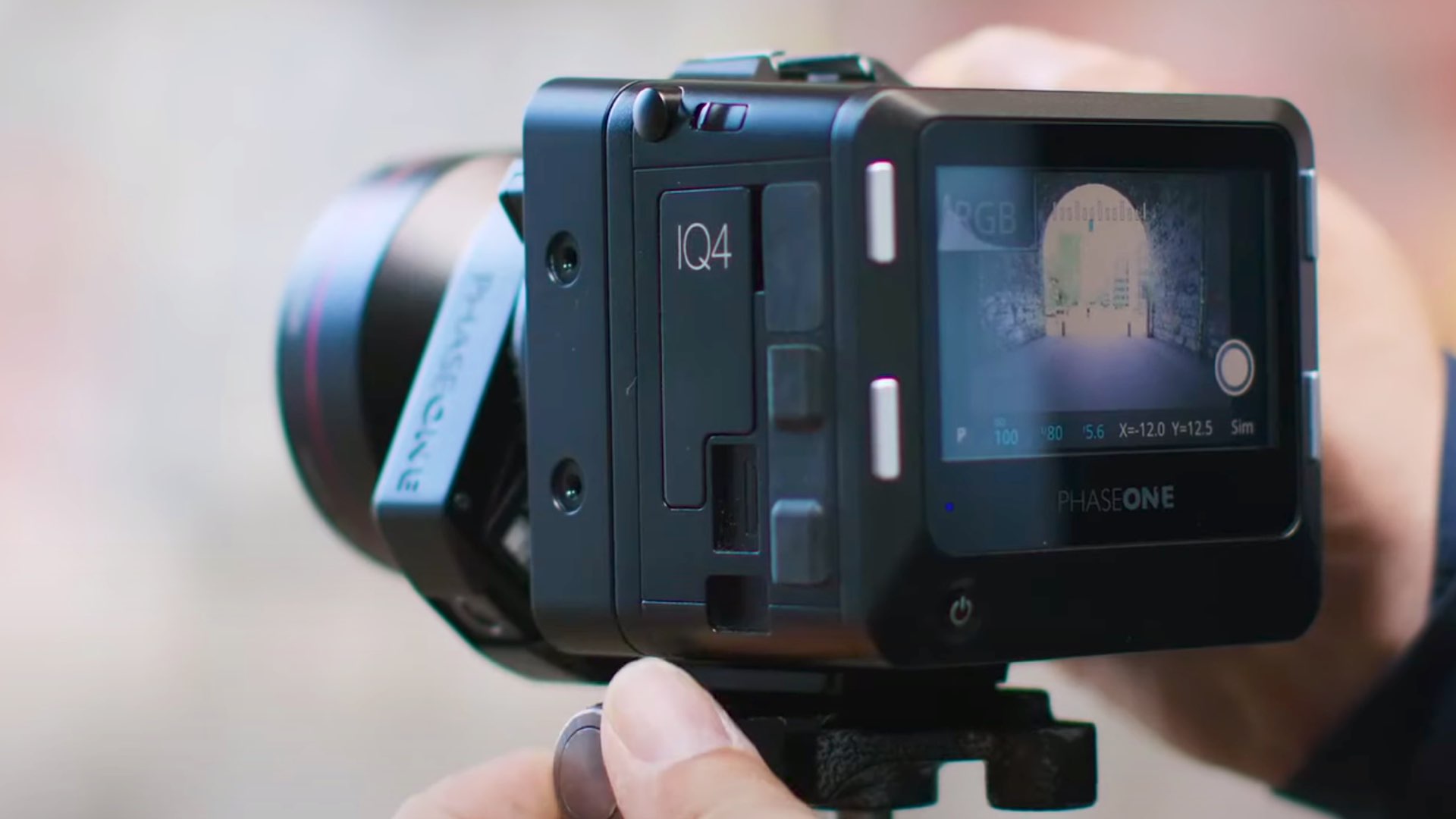
Key features
- The XC Camera has been built exclusively for the Phase One IQ4 150MP (or IQ4 150 MP Achromatic) – featuring the Infinity Platform, supporting innovation, and evolving technology. It offers elegant ergonomics and straightforward controls.
- The XC Camera includes an integrated Rodenstock HR Digaron-S 23mm f/5.6 manufactured by Phase One’s strategic partner Rodenstock. Integrated with the X-Shutter — an intelligently controlled electromagnetic shutter — born from Phase One’s Geospatial applications.
- The Manufacturer’s Suggested Retail Price for the XC Camera is $62,490. It is sold with a 5-year limited warranty, including unlimited lens actuation for the warranty period.
Check out the specs below:
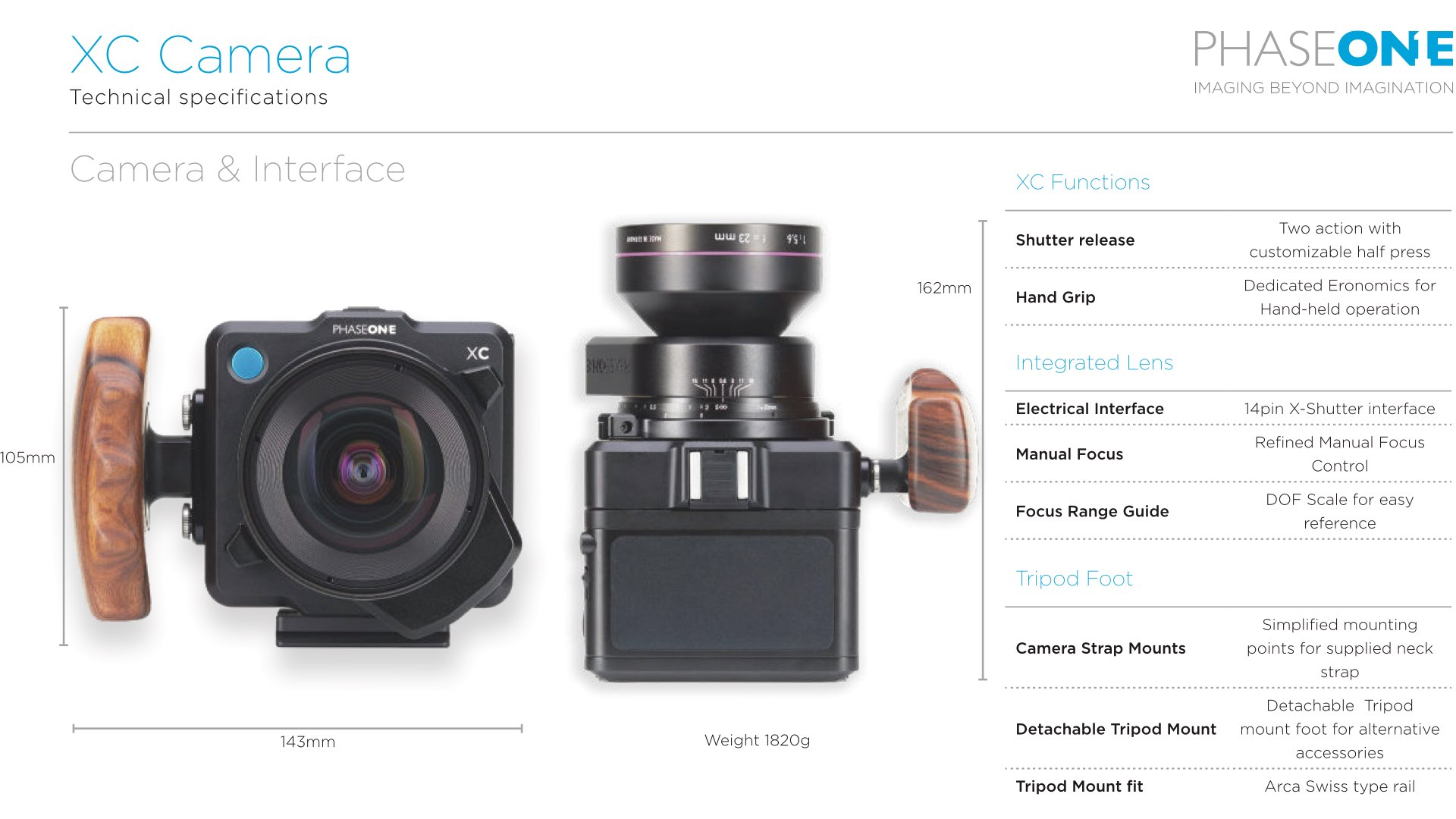
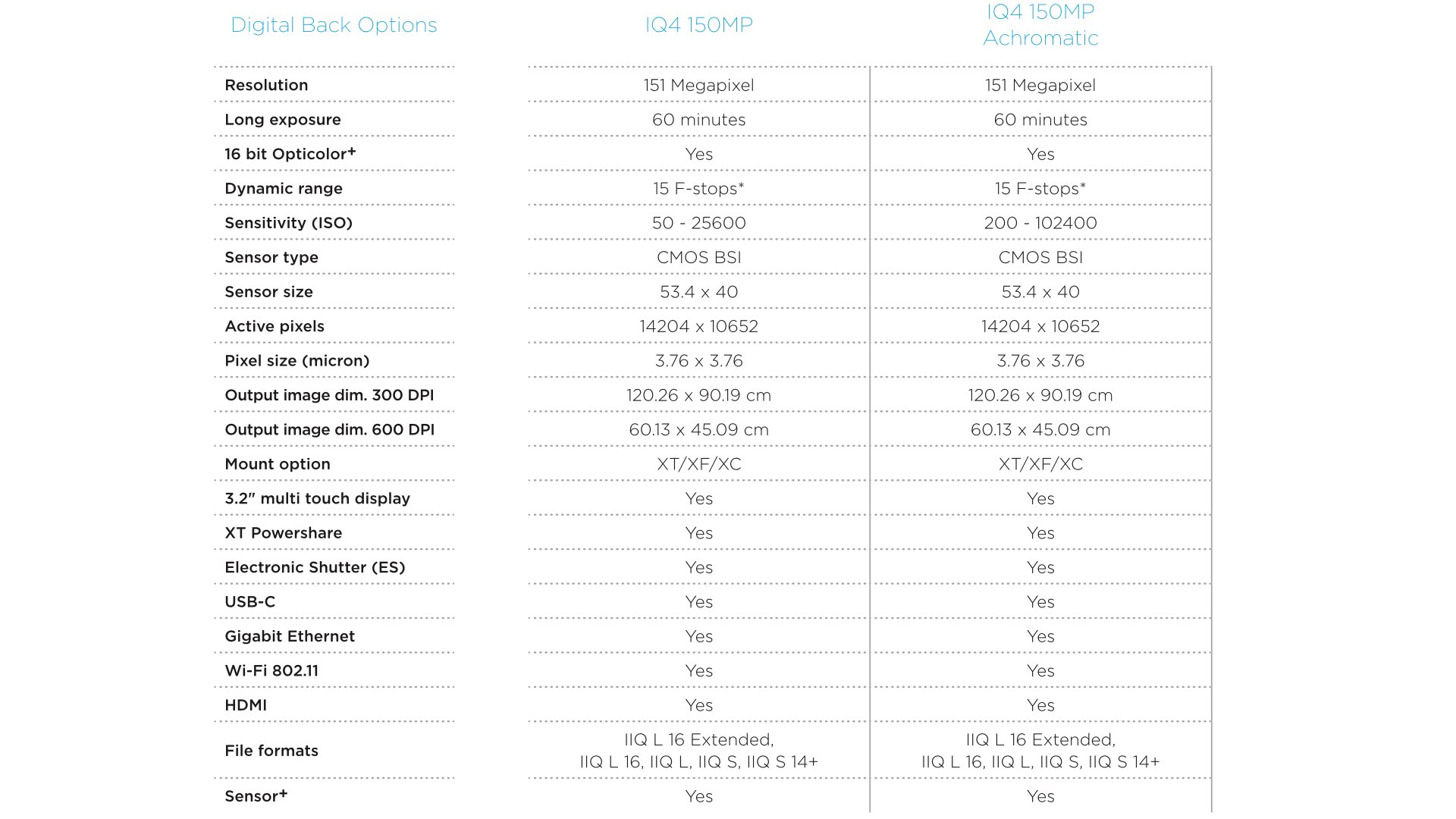
WHY?
That’s the question that needs to be asked: Who will buy it? Phase Ons XC owns the same 150MP Sony sensor implemented in much more affordable options. Hasselblad medium-format cameras use the same sensor implemented in a much more affordable mirrorless body and with a lot of features added, including videos (in some cases). For instance, Hasselblad H6D-100c which is a flagship model, although it has its own cons, costs half the price. There’s the X2D 100C model as well which sells pretty well for $8,200 but without video capabilities (like the Phase One XC). Furthermore, Fujifilm races for the medium format as well but with decent video capabilities and with a fraction of the price. There’s the GFX 100 which became the first medium format camera to shoot raw (price: $6,500), and its more compact version — the Fujifilm GFX 100S that incorporates this huge sensor inside a tiny body. All of these are very capable medium format cameras with some impressive video features (especially the Fujifilm models). For top-notch photographers, there’re the Hasselblads. And again, all of them have the same sensor, the same resolution, more features, the same high-end photo imagery, and a fraction of the price. Hence, why should/would anyone buy the Phase One XC? Feel free to answer that.


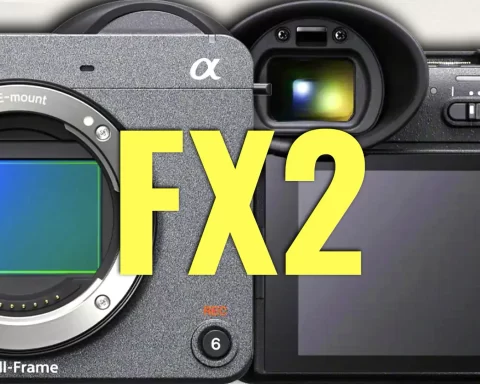
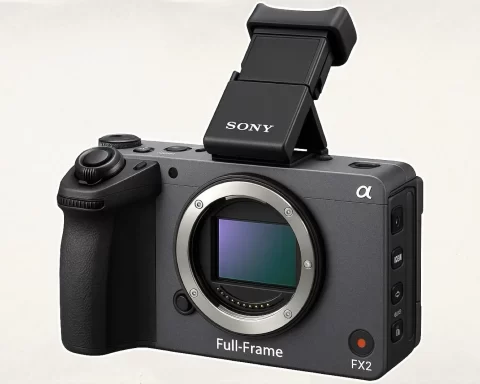


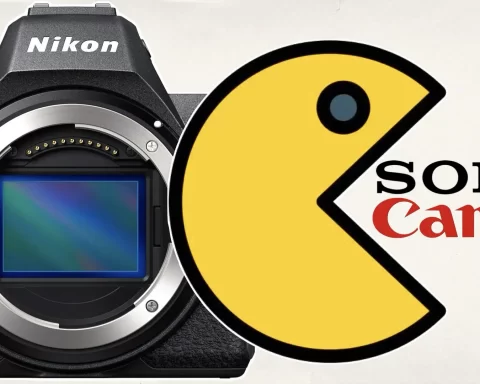


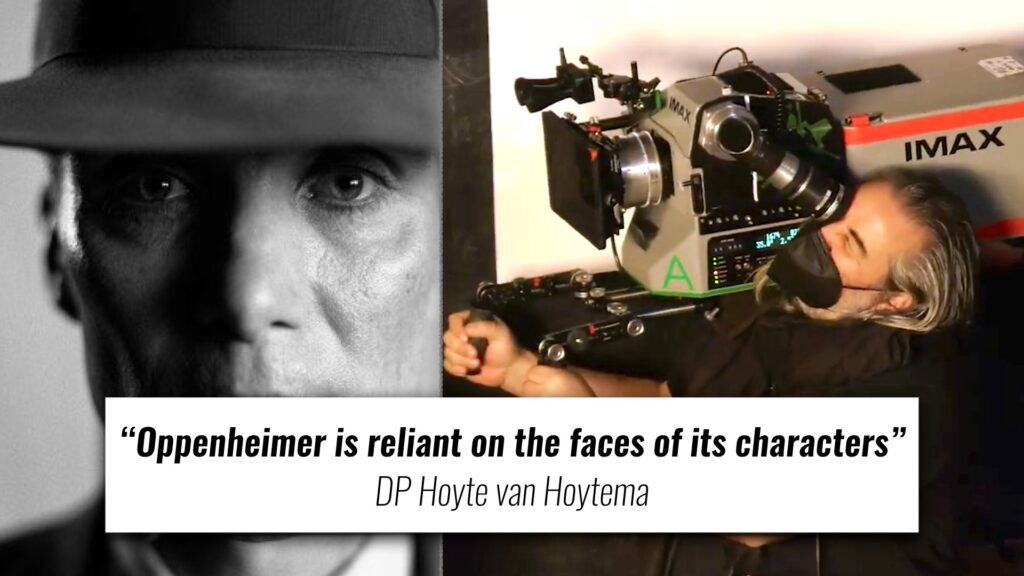
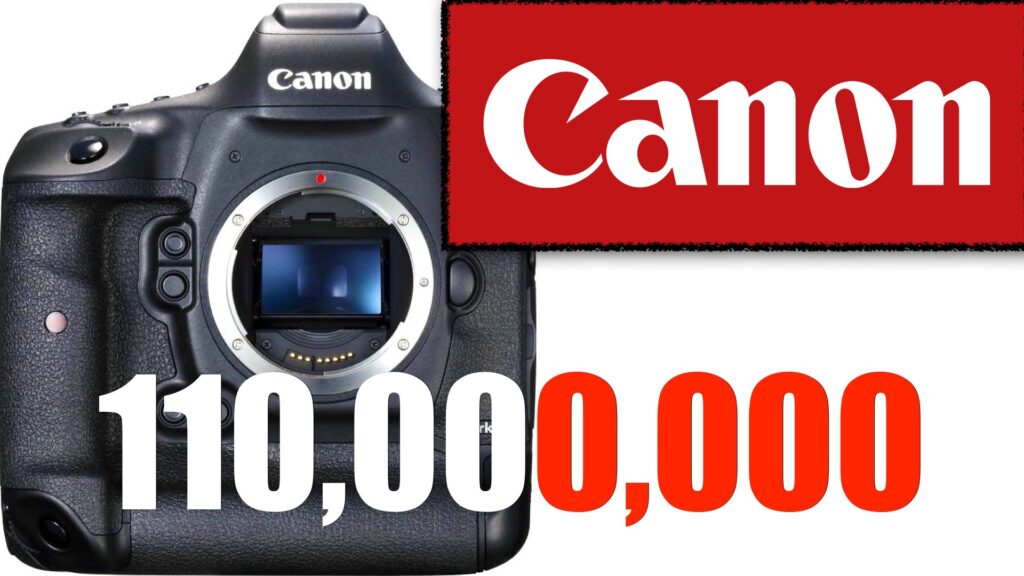
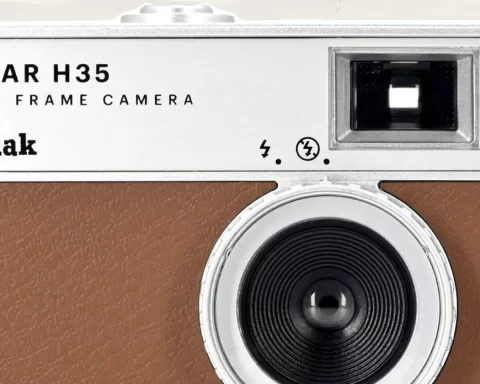
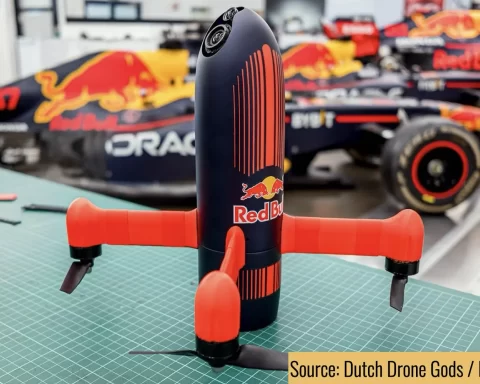
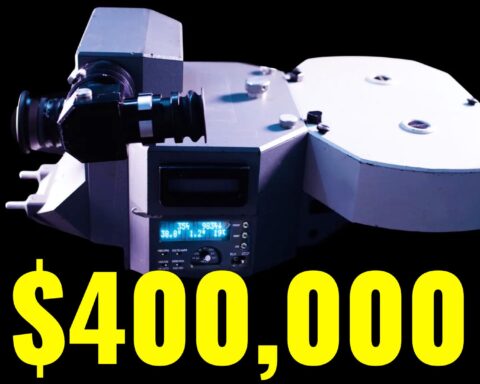
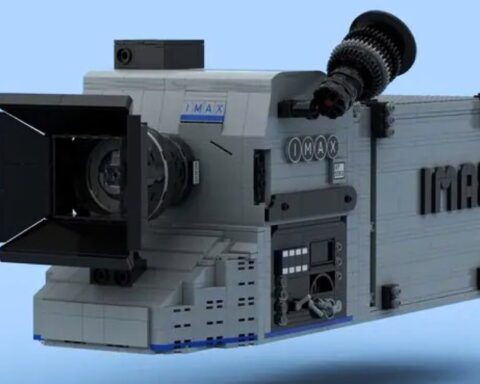
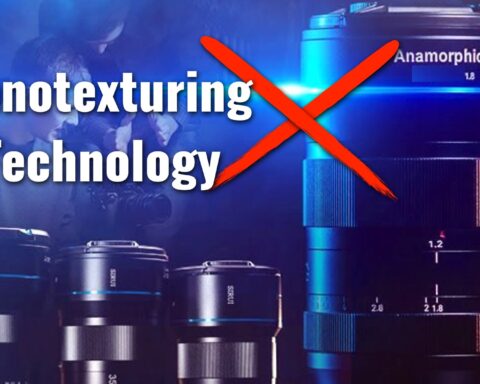


The Hasselblad and the Phase Ones are different in Sensor size. The HB has a 44x33mm 4:3 Sensor, and the PH1 has a 54:40 5:4 Sensor – like 5:4 MF Film – making it dramatically bigger and quite a bit more expensive to produce, due to the low yield rates for such a large part of the wafer. Additionally, PH1 Sensors are tuned for a very low signal-to-noise ratio, with some of them having a native base ISO of as low as ISO 33, creating a pretty much noiseless image that is often required for shots that need a very high level of plasticity, like product photos. And you don’t get the same response from exposure bracketing or noise reduction. And the size of the sensor also means that you can use longer focal lengths for wider FOVs, while still keeping the lens performance – like aberrations, diffraction, and distortion – of longer focal lengths. If you shoot PH1, you do so because the combination of all those elements visually creates a pretty much flawless image – which is required for its use cases – that is a step above HB’s and Fuji’s GFX cameras. And I’m saying that as a GFX owner myself. Oh, and I would kill for their Long-Exposure Frame-Averaging in my GFX. PH1s are very specialized cameras for very specialized and sometimes even industrial use cases, and therefore very expensive and not meant to be compared to HBs, GFXs, or cameras that use multi-shot frame combination with sensor-shift to get to a higher resolution.
Agreed with Visar’s statement. It’s like comparing a $50 tire with a $250 tire. You can put them in the same car, maybe. But completely different use case.
PH1 might be the pinnacle of digital photography. And you pay for it. Their lenses are absolutely amazing. They have their drawbacks. Like a Ferrari. But you’re okay with that because of what it can deliver…
Up to about 5 years ago, I wanted PH1 so bad. If you can see the quality and style advantage, there is no competition. But other digital, and much cheaper options, have gotten so damn good, the difference is almost to negligible.
Almost 😉
Some clientele you will never acquire without a Phase One and its ilk. Whether or not that consideration justifies their cost depends on your business model and target markets.
I shoot with an obsolete 37.5 MP CCD Leica S2 backed up by an obsolescent 64 MP CMOS Leica S3. Both cameras are fully amortized. So would be any Phase One model that I might reasonably fancy on the right grounds.
“Aim to please, shoot to kill” is the nature of our business. My photo gear purchases are never driven by price / performance considerations, as measured in linear metrics. I like Leica files and strongly prefer the Leica lens look. Hasselblad has a nice legacy film camera catalogue with nice old school Zeiss lenses reasonably well supported by digital integration, but its politics are a deal breaker because DJI and my Taiwanese wife and in-laws. My next photo gear purchase would be a Broncolor Satos dual power pack. Short of six- or seven-figure extreme telephoto and wide angle lenses and similar boutique exotica, I am unaware of any camera, lens, or accessory that I couldn’t justify financially to my CFO, given an appropriate use case.
I’ve seen that this kind of camera is used by Aerial Vehicles (UAVs) for mapping, modeling, and photogrammetry purposes. The advantage of having such a camera compared to a Canon Full Frame, its bigger sensor/wider swath reduces “our flight time by almost 40%. forty percent!!!” says a redditer working is this field.
Interresting !
I am a Phase One owner and user. In the high end commercial photography world this isn’t that extravagant of an expense. If you are shooting licensed stills for print ads and billboards of products and your clients are paying 10’s of thousands, this camera is less than a $1000 a day rental on the bill. The other nice thing about Phase One is that they have very generous trade-up packages, where you can upgrade very reasonably, and they have long product cycles.
As been said, those other cameras do not use this same sensor. They all user smaller sensors. The other Hasselblad’s had a sensor close to this size but that was several generations ago, their newest cameras use smaller sensors.